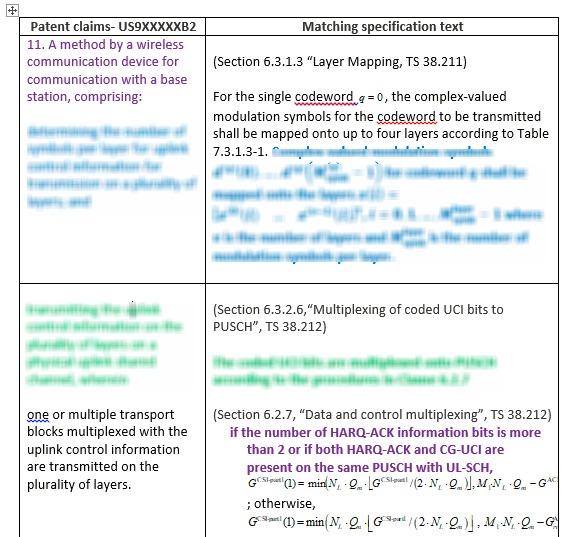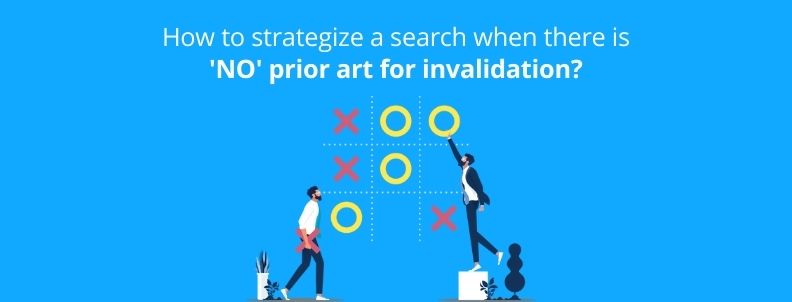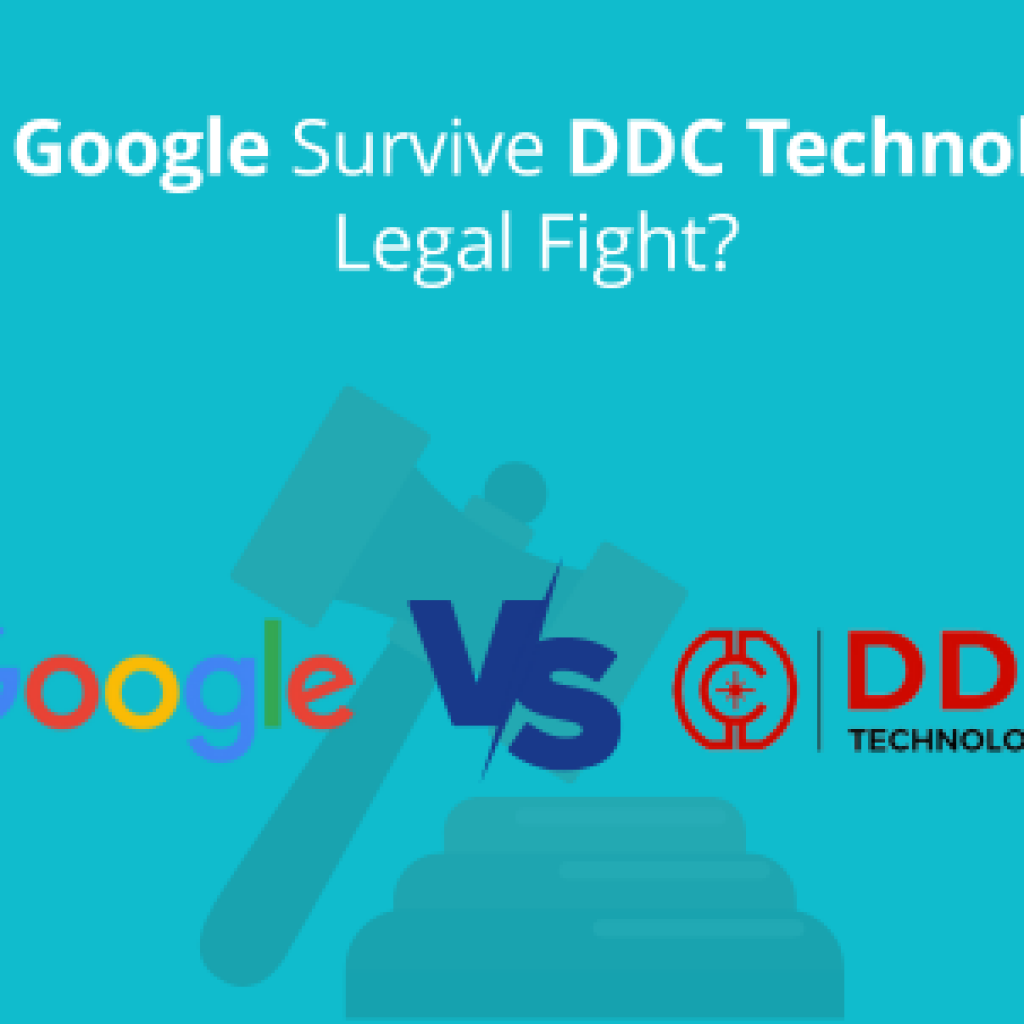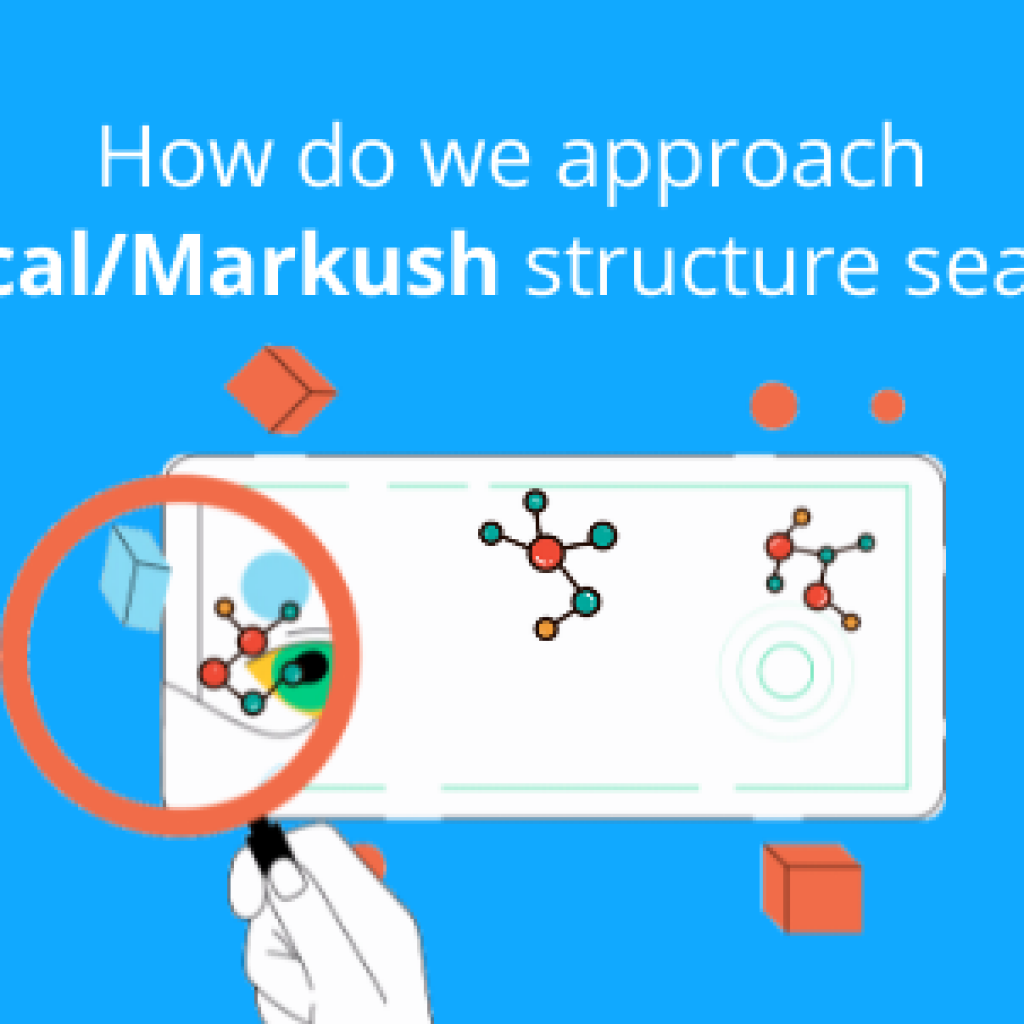In the practical world, circumstances are not always in our favor. Sometimes, indeed, we don’t have suitable weapons to fight the battle. On the contrary, the opponent’s counterattack is so strong that we get a sense of vulnerability.
Co-relating the above lines to high-profile litigation cases, oftentimes there are circumstances, where round after round of prior-art searches, we are unable to find a killer prior-art. Or, we get some prior-arts, but they don’t hold the capability of invalidating a patent. Whereas other times, though we have strong arts, opponents find some kind of loopholes to weaken them.
This is not only applicable to litigation but also to “Licensing Deals”. The patent owners know the strength of their patent assets and while going into any deal, they generally come with a precedent mindset that they have an upper edge.
While being on the other side of the same battle, it becomes mandatory to make our opponents realize that what they are thinking might not be true every time. Now, you might think, ‘What could possibly be those instances, where a defendant can weaken the strength of a Patent in any ongoing Licensing deal?’, Right? Particularly, when the defendant doesn’t have any strong prior art to challenge the validity of the asserted patent.
Now, a conventional prior-art search would be directly jumping for screening the millions of patents. Running some keywords or IPC/CPC classes in the patent databases. Or trying to get our hands on numerous 3GPP meeting docs, proposals, change requests, etc., etc. And this goes on to no end until you find a bang on prior art or, and this might hurt, you don’t.
But, wait! What if I tell you that we, the patent strategists, can still find solutions in cases where Tier-I or bang-on prior-arts are not available? Will you believe me? Of course, you won’t! I wouldn’t ask you to I’d rather like to show you. So, without further ado, let me share with you how we did it?
The case of 4G patent where the patent owner tried to assert the patent based on its essentiality
This 4G Standard Essential Patent (SEP) was involved in a licensing dispute case. The patent owner seemed to be targeting the deep-pocketed mobile manufacturing companies worldwide. When we got this case, we directly jumped to the novelty of this patent, which was related to efficiently multiplexing data belonging to different priorities.
After understanding the patent, we were curious to know the reason behind the grant of this patent. For this, we checked the prosecution history to see the type of prior-art cited by the examiner and what were their shortcomings.
Let’s say, as per the target patent there were 3 steps (steps A, B, and C) that should be present in a multiplexing device. Then, it appeared from the prosecution history of the target patent that none of the cited prior arts actually talked about step C. So, now we know why this patent was granted.
Before starting with any conventional search, we need a starting point. For this one, we thought to check whether the proposed method is actually essential to the 4G technical specifications or not?
As the patent appears closely related to Layer 2 procedures of 3GPP’s Architecture. There’s one question which kept striking our minds all the while- whether 3GPP uses the same procedure as claimed, or what if there are any mismatches? And, this is where things started getting interesting.
In the 3GPP standard specification, the target patent’s Step A and Step B were easily covered, but we couldn’t find step C. The major hiccup we faced was that the detailed process of Step C wasn’t very well explained in the standard.
This intrigued us more to check on the patent’s essentiality. We started digging deep into the scope of Step C. To be precise – why is there a need to include Step C in this multiplexing method? What is its technical advantage? Are there any other alternatives that can replace Step C?
With each passing day, such questions kept expanding. To be honest, these questions didn’t bother us, leading to directions we haven’t explored earlier was rather thrilling. That said, finding answers to them was also not easy.
Questioning the patent’s essentiality
As a starting point, we decided to check the family members of this patent that are claiming Step C. We found a few and started checking their prosecution history to see if there are any prior-art cited by examiners. Here we encountered a breakthrough: one of the family members had been litigated in the past and it had an opposition filed against it.
In the opposition history, we noticed that there were some arguments related to Step C. Some of these arguments were also related to the essentiality of the patent concerning the 4G standard.
One of the comments was – as the claims of the patent start with the phrase “comprising” and the Step C in the claim is for providing a further functional capability to the multiplexing device, hence it is not necessary to take such a narrower understanding of claims as per the 4G standard is concerned.
In other words, the patent owner tried to claim the patent as standard-essential without considering step C.
Element-by-element mapping of the patent
To make things even clearer, we decided to do the element-by-element mapping of the subject patent claims with the standard specifications where this concept was introduced.
As anticipated, we got the true picture. Something to show to our client how this patent is not a SEP. The table below will give you a better idea of what I am talking about – the clause which is unhighlighted was not mapping to any part of the standard.

Note: Some claim examples were changed keeping the privacy of our client in mind.
Now any Jury or IP practitioner would agree to this fact that if you are claiming your invention to be novel based on some processes and if it is not present in a similar manner or accepted worldwide as a standard then, that invention can’t be termed as an essential invention corresponding to the related 3GPP standard.
We shared the same observation with our client regarding this non-essentiality of the subject patent. It was sort of a breakthrough for them. Now although this won’t help them in invalidating the patent for which they have trusted us. Nonetheless, it has served their purpose to build a strong ground for the non-infringement case. They were able to settle on a well-negotiable fee.
Convinced much? Well, here’s another instance for you to be double-convinced. 🙂
Case of audio coding standard patent
This one is related to 3GPP as well as HEVC standards – In one of our other projects related to audio coding, our client shared a standard-essential claim chart in which a few 3GPP speech coding standards had an overlap with the target patent. However, when we studied the claim chart under our microscope, we realized that a few elements of the claim did not have an explicit disclosure in the standard.
If I jump into the technicalities, we required something that measured the distance between one vector and one recovered vector for a current audio frame. However, according to the standard, the distance was being measured between the current frame vector and the next audio frame.
We executed the same method that we did in the above case
As soon as we did the element-by-element mapping of the subject patent claims with the standards we had a perfect picture. We were able to see the clear difference between the standard and the subject patent. Even though we were aware of these differences earlier, putting it on paper gave us more confidence.
We believe that we can’t conclude anything until we don’t have clear evidence to show to clients. We conveyed this to the client and they were super happy to know this observation. Below were the exact words from the client:
“As for your observations on the standard, we are still discussing with our professor in this field. According to my personal understanding, this seems good. Still, let us confirm, I will let you know at the earliest time.”
Conclusion
For the above two cases even without having any strong result, which could actually invalidate the target patent in the respective cases. We were able to help the client, i.e. build the non-essentiality ground. We don’t just focus on the set of requirements/instructions that are given to us. Our end goal always remains to solve the client’s problem by leaving no stone unturned.
At GreyB we come across a lot of such scenarios. We’ve helped our clients come to negotiable terms with the plaintiff. To win any war, you need multiple grounds to attack and weaken the opponent. Many times we feel inferior against our opponents because we think that we don’t have enough means to fight them. That’s when you have to look out of the box.
So, next time, whenever a patent owner claims that their patent is standard-essential and asks the licensing money for it, you know what to do – simply ask, is this really a standard-essential?
Want us to handle the search part so you can do what you are best at? Well, we are just a click away.
Authored by: Lovepreet Singh, Senior Analyst, Search Team










